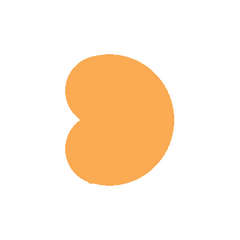 I sat in a presentation some weeks ago about the effectiveness of newspapers. InBev, BrandScience and Nielsen presented their findings on the ROI of newspaper advertising. All of them used econometric models to demonstrate the value of newspapers (otherwise they would not have been invited to do their presentation). The presentation pointed out some stimulating data. BrandScience used a database of 200 cases including newspaper campaigns, the average Revenue Return on Investment ranked as follows: inserts topped the list followed by newspapers, magazines, radio, online, direct mail, outdoor, television sponsorship and television.
I sat in a presentation some weeks ago about the effectiveness of newspapers. InBev, BrandScience and Nielsen presented their findings on the ROI of newspaper advertising. All of them used econometric models to demonstrate the value of newspapers (otherwise they would not have been invited to do their presentation). The presentation pointed out some stimulating data. BrandScience used a database of 200 cases including newspaper campaigns, the average Revenue Return on Investment ranked as follows: inserts topped the list followed by newspapers, magazines, radio, online, direct mail, outdoor, television sponsorship and television.
A case study on the support for the Jupiler Blue brand showed also the superior ROI of the combination of newspaper and outdoor advertising. The result mentioned a poor 8,8 % - 9,8% contribution of advertising to total sales of the brand.
In driving back to the office I thought about two things: one, where does the creativity of the ads gets into the equation? What is the role of the Cannes Advertising Festival and all other creativity awards, when everything can be modelled without taking into account creativity. In a world of product parity, creativity and design can call for premium prices and consumer interest. And two, when advertising contributes less than 10% to total sales, is that because we do not spent enough time, money and energy on creativity and design? The jury of the Effie Awards will be able to judge whether we have used the right mix of econometric modelling and creativity. If not we probably should be more humble about our role as communication specialists.








